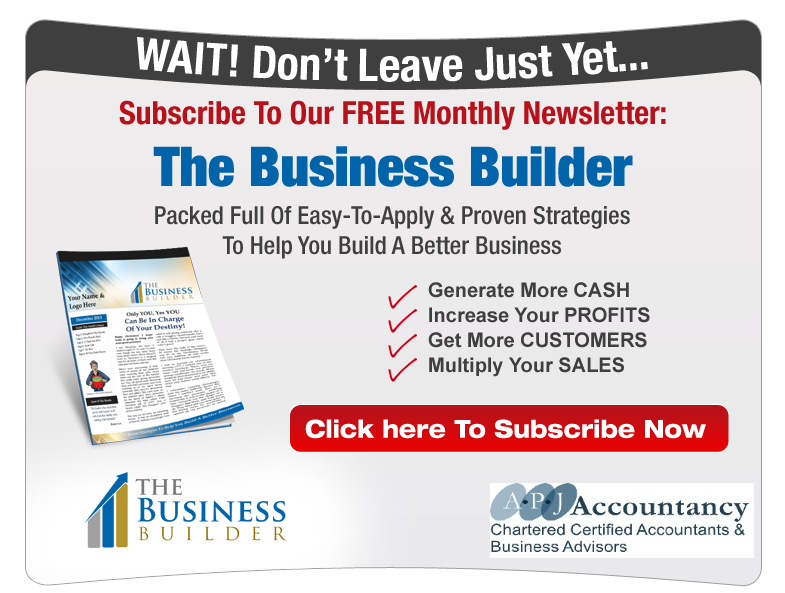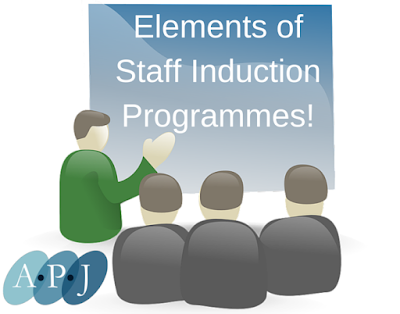A good talent management strategy is all about acquiring, hiring and retaining talented employees. It involves linking various components of the business together to develop those people likely to drive future business growth.
The responsibilities should be spread throughout human resources, training, and selected management sponsors. Talent Management requires a mindset that goes beyond just talk, and moves the focus towards a holistic and integrated approach to leveraging the greatest competitive advantage from your firm’s people. It is about those thoughts and actions that, consistently, over time, become part of your firm’s organisational culture.
The best and brightest talent have technical competence, marketing savvy, passion, energy and drive. They also have the "soft" people skills that help motivate others and ensure effective execution of their roles. Line managers understand the particular skills and competencies they need to accomplish their business goals. They should drive the firm’s talent practices, working closely with HR, to recruit talented people, manage performance, provide career guidance and serve as role models. Line managers are also ideally positioned to identify and develop current employees with leadership potential.

The responsibilities should be spread throughout human resources, training, and selected management sponsors. Talent Management requires a mindset that goes beyond just talk, and moves the focus towards a holistic and integrated approach to leveraging the greatest competitive advantage from your firm’s people. It is about those thoughts and actions that, consistently, over time, become part of your firm’s organisational culture.
Managers should drive talent management
The cultural fit between an employee and manager is critical to the employee's job satisfaction. In a world where up-and-coming generations consider three years with a company a serious commitment, line managers, supported by the expertise of HR professionals, can enhance employee retention by ensuring cultural matches at both firm-wide and workgroup levels.The best and brightest talent have technical competence, marketing savvy, passion, energy and drive. They also have the "soft" people skills that help motivate others and ensure effective execution of their roles. Line managers understand the particular skills and competencies they need to accomplish their business goals. They should drive the firm’s talent practices, working closely with HR, to recruit talented people, manage performance, provide career guidance and serve as role models. Line managers are also ideally positioned to identify and develop current employees with leadership potential.
Life long learning should become a cultural norm and expectation
When you think about the pace of change around businesses today, many traditional talent management processes are less relevant than they used to be. Some areas of expertise are changing every year, leaving many skilled employees struggling to stay relevant. And while competency management systems, career path planning, and multi-year development cycles made sense in yesterday's work environment, they are no longer enough. Employee development begins with an effective onboarding program. Competent, competitive firms take time to educate every employee about their products, customers, industry, market and competition. Annual talent reviews should be a core business process, as important as annual strategic business and operational reviews. Accelerated leadership development is now a business imperative and the role of succession planning is essential in ensuring a sustainable, competitive business.Agile talent management strategy
It used to be that entrepreneurial businesses had to be nimble, and they often lost that agility as they grew into larger firms full of processes and bureaucracy. These days, competitive firms of every size need strategic flexibility to react rapidly to change. That means creating an agile talent management strategy that makes a multitude of solutions available in short timeframes.





